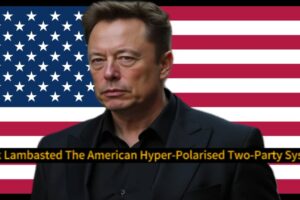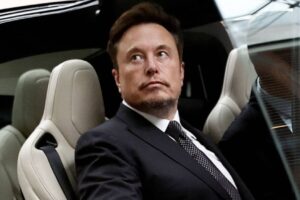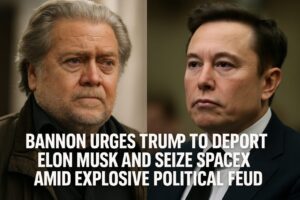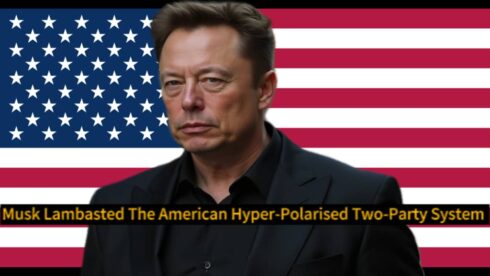In a recent phone conversation with Ukrainian President Volodymyr Zelenskyy, U.S. President Donald Trump proposed that the United States take ownership and operational control of Ukraine’s nuclear power plants. Trump argued that U.S. expertise in energy and utility management would enhance the security and efficiency of Ukraine’s critical infrastructure, particularly in the face of ongoing threats from Russia.
The proposal received strong backing from National Security Advisor Mike Waltz and Secretary of State Marco Rubio, who emphasized that American oversight would ensure better protection of Ukraine’s energy grid. Both officials highlighted that U.S. involvement would not only safeguard power plants from potential Russian attacks but also improve operational effectiveness amid the prolonged conflict.
Zaporizhzhia Nuclear Plant and Energy Ceasefire Talks
The discussions also addressed the fate of the Zaporizhzhia Nuclear Power Plant, Europe’s largest, which has been under Russian control since March 2022. The facility, located in Russian-occupied territory, has faced multiple threats due to ongoing military confrontations, raising global concerns about a potential nuclear catastrophe.
While President Zelenskyy acknowledged Trump’s proposal, he did not provide a direct response, instead focusing on U.S.-Ukraine cooperation and expressing willingness to implement a limited ceasefire. The talks are part of a broader diplomatic push to secure key energy infrastructure amid accusations from both Ukraine and Russia of violating past ceasefire agreements.
Shift Away from Mineral Deal Towards Nuclear Oversight
Trump’s nuclear power plant proposal comes after the White House confirmed that the administration had abandoned an earlier initiative involving Ukraine’s mineral sector. White House Press Secretary Karoline Leavitt announced that the U.S. has “moved beyond the economic mineral deal” and is now prioritizing a long-term peace framework focused on energy security.
For weeks, Trump had been pressuring Zelenskyy to sign a multi-billion-dollar minerals agreement, viewing it as a form of economic repayment for U.S. financial aid to Ukraine over the past three years. The deal remained on the table even after a heated February 28 Oval Office exchange between Trump and Zelenskyy, but it ultimately stalled. Instead, the administration has redirected its focus toward ensuring the security of Ukraine’s energy infrastructure as a step toward lasting stability.
Concerns Over U.S. Stake in Ukraine’s Energy Sector
The idea of U.S. oversight of Ukraine’s nuclear plants has sparked debate among policymakers and analysts. While Trump’s administration argues that American management would secure these critical facilities from potential sabotage, critics warn that such involvement could deepen tensions with Russia. Moscow has long accused Washington of interfering in Ukraine’s internal affairs, and any formal U.S. stake in nuclear operations could be viewed as a direct provocation.
Domestically, the proposal has also raised questions about the extent of U.S. commitment to Ukraine’s reconstruction. Some lawmakers are wary of the financial and strategic implications of taking control of foreign nuclear infrastructure, particularly amid broader discussions on reducing U.S. military and financial aid to Kyiv.
Ongoing Diplomacy and Ceasefire Efforts
As discussions evolve, Trump’s administration remains focused on brokering a more comprehensive ceasefire between Ukraine and Russia. National Security Advisor Mike Waltz announced plans to travel to Saudi Arabia for further negotiations with Russian officials, signaling ongoing diplomatic efforts to end hostilities.
The White House maintains that recent talks between Trump and Russian President Vladimir Putin resulted in an agreement on a ceasefire specifically concerning “energy and infrastructure.” However, Russian officials have contested this claim, suggesting that the scope of the truce remains unclear.
With the situation rapidly evolving, the Trump administration’s strategy appears to be shifting away from direct economic agreements toward securing Ukraine’s critical infrastructure as a means of stabilizing the region. Whether this approach will lead to a lasting resolution remains uncertain, but the proposed U.S. involvement in Ukraine’s nuclear sector has added a new layer of complexity to the ongoing conflict.














